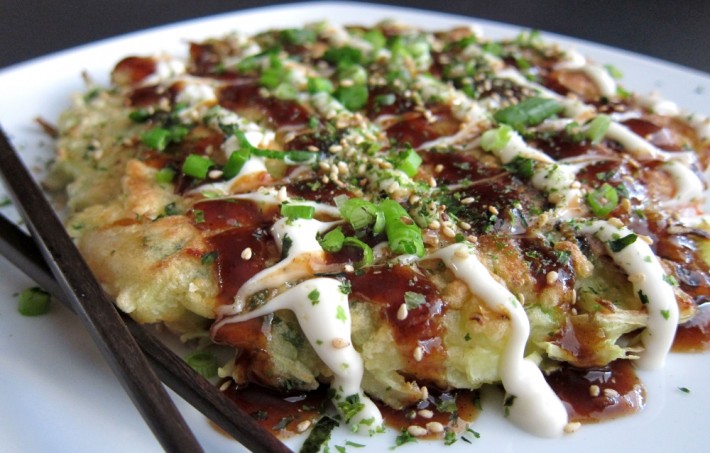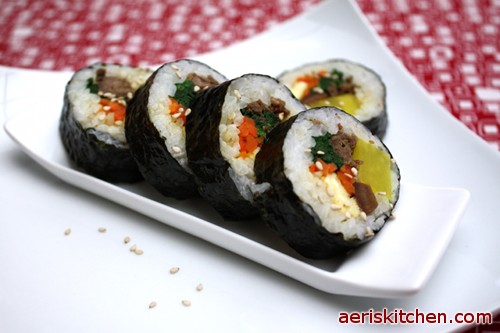

Japanese Food
Japanese cuisine is the food - ingredients, preparation and way of eating - of Japan. The traditional food of Japan is based on rice with miso soup and other dishes, each in its own utensil, with an emphasis on seasonal ingredients. The side dishes often consist of fish, pickled vegetables, and vegetables cooked in broth. Fish is common in the traditional cuisine. It is often grilled, but it may also be served raw as sashimi or in sushi. Seafood and vegetables are also deep-fried in a light batter as tempura.
Apart from rice, staples include noodles, such as soba and udon. Japan has many simmered dishes such as fish products in broth called oden, or beef in sukiyaki and nikujaga. Foreign food, in particular Chinese food in the form of noodles in soup called ramen and fried dumplings, gyoza, and western food such as curry and hamburger steaks are commonly found in Japan. Historically, the Japanese shunned meat, but with the modernization of Japan in the 1860s, meat-based dishes such as tonkatsu became common.


Korean cuisine has evolved through centuries of social and political change. Originating from ancient agricultural and nomadic traditions in southern Manchuria and the Korean peninsula, Korean cuisine has evolved through a complex interaction of the natural environment and different cultural trends.
Korean cuisine is largely based upon rice, vegetables, and meats. Traditional Korean meals are noted for the number of side dishes (banchan) that accompany steam-cooked short-grain rice. Kimchi is served often, sometimes at every meal. Commonly used ingredients include sesame oil, doenjang (fermented bean paste), soy sauce, salt, garlic, ginger, pepper flakes and gochujang (fermented red chili paste).
Ingredients and dishes by province. Many regional dishes have become national, and dishes that were once regional have proliferated in different variations across the country. The Korean royal court cuisine once brought all of the unique regional specialties together for the royal family. Meals are regulated by Korean cultural etiquette.


Malaysian cuisine consists of cooking traditions and practices found in the Southeast Asian country of Malaysia, and reflects the multiethnic makeup of its population. The vast majority of Malaysia's population can roughly be divided amongst three major ethnic groups: Malays, Chinese and Indians. The remainder consists of the indigenous peoples of Sabah and Sarawak in East Malaysia, the Orang Asli of Peninsular Malaysia, the Peranakan and Eurasian creole communities, as well as a significant number of foreign workers and expatriates. As a result of historical migrations, colonization by foreign powers, and its geographical position within its wider home region, Malaysia's culinary style in the present day is primarily a melange of traditions from its Malay, Chinese, Indian, Indonesian and ethnic Bornean citizens, with heavy to light influences from Thai, Portuguese, Dutch, and British cuisines - to name a few. This resulted in a symphony of flavors, making Malaysian cuisine highly complex and diverse.
